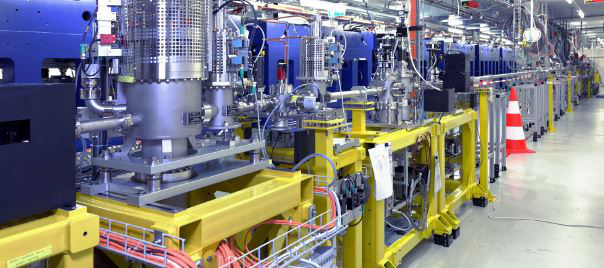Speaker
Description
Operation of the European X-ray Free Electron Laser (EuXFEL) since 2017 enables novel research of atomic-scale structures and ultrafast phenomena and dynamics. Exploiting the unprecedented high FEL peak brilliance, X-ray induced dynamics can be observed by applying X-ray pump - optical probe schemes. Typically, the timing of pulses from two independent sources can only be controlled down to the level of naturally occurring timing jitter, which limits the temporal resolution of pump and probe experiments. This unsurprisingly calls for a photon arrival time diagnostics tool to precisely determine the timing jitter and to sort and tag the experimental data.
In this contribution, we describe the design of a very compact Photon Arrival time Monitor (PAM) [1] and its commissioning results at the SPB/SFX instrument [2], located at the SASE1 hard X-ray beamline at EuXFEL. This pulse-resolved measurement of timing jitter inside pulse trains with up to MHz repetition rates, together with the determination of inter-train jitter across the 10 Hz pulse trains, represents an important step towards realizing ultrafast experiments[3,4].
References:
[1] J. Liu et al., “Technical Design Report: Photon Arrival Time Monitor (PAM) at the European XFEL,” DOI: 10.22003/XFEL.EU-TR-2017-002 (2017).
[2] A. P. Mancuso, et al., “The Single Particles, Clusters and Biomolecules and Serial Femtosecond Crystallography instrument of the European XFEL: initial installation,” J. Synchrotron Radiat. 26, 660 (2019).
[3] H. J. Kirkwood et al., “Initial observations of the femtosecond timing jitter at the European XFEL,” Opt. Lett. 44, 1650 (2019).
[4] T. sato et al., “Femtosecond timing synchronisation at megahertz repetition rates for an X-ray Free-Electron laser,” Optica 7, 716 (2020).

